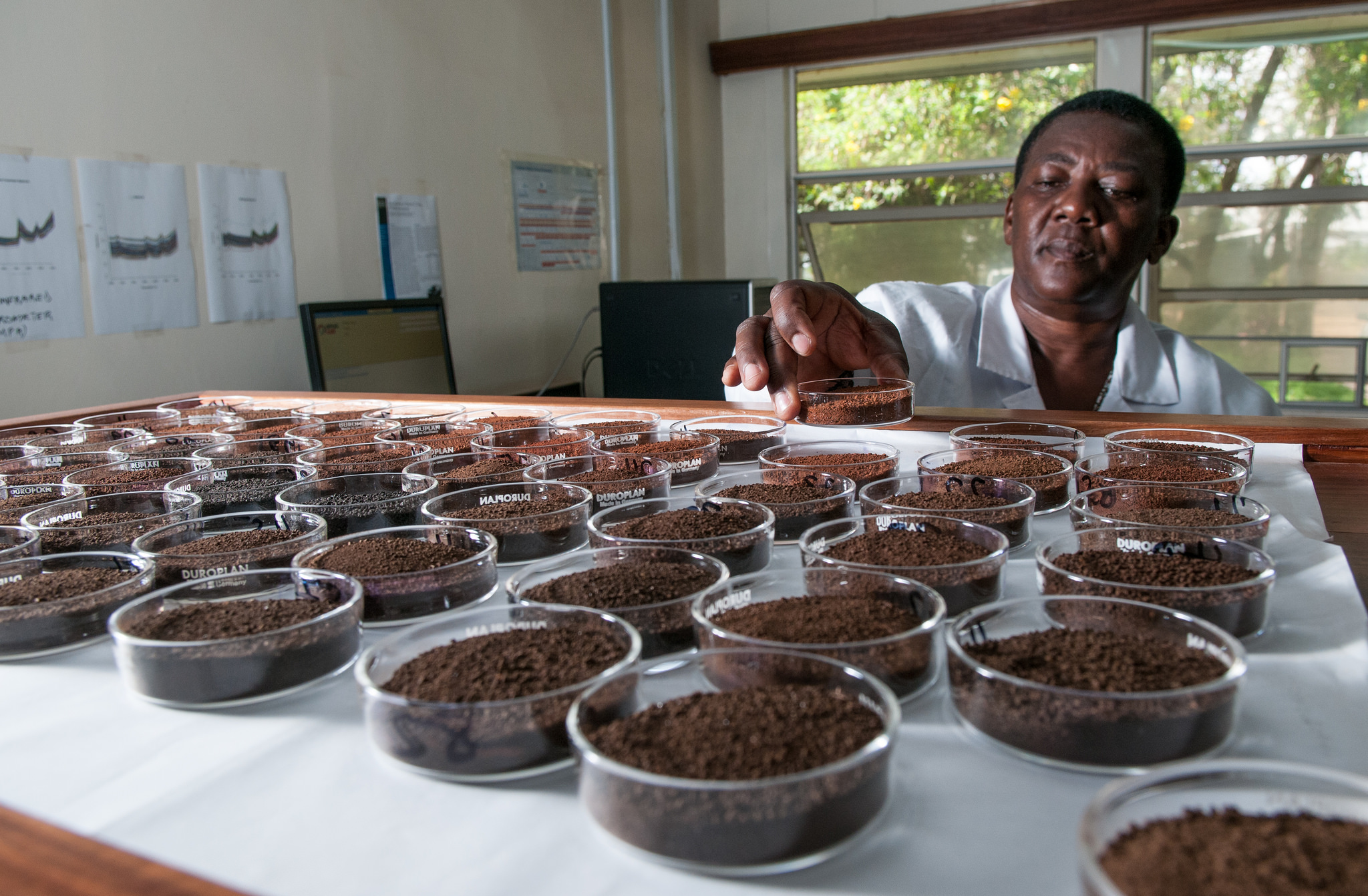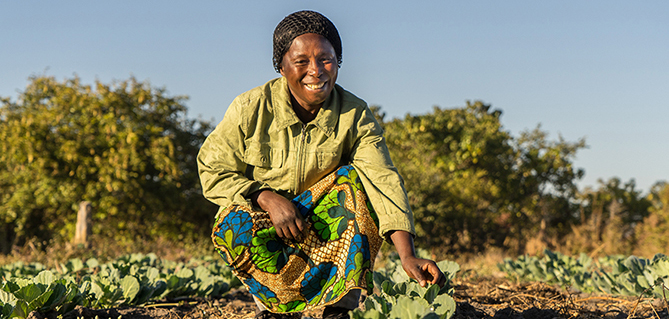As part of our “Agroecology in Action” series, Robynne Anderson, Chair of the International Agri-Food Network (IAFN) focuses on how we can use agroecology to protect vital ecosystems and achieve zero hunger.
Fifty years ago, agroecology emerged as a discipline focused on studying the interaction between crops and the environment. Over the decades, it has helped increase our understanding of agriculture’s environmental impact.
Fast forward to 2018, and the challenge of feeding seven billion people sustainably has become increasingly urgent. For the third consecutive year, hunger levels have risen. 84 per cent of the world’s hungry live in poverty in rural areas. The vast majority are farmers themselves.
At the same time, the upcoming Intergovernmental Panel on Climate Change report is expected to tell us we are falling behind in the fight against climate change. The agriculture sector, as both a victim and a culprit of climate change, has an important role to play in both adapting to new climactic realities and minimizing emissions, while continuing to feed the world.
We are going in the wrong direction. Agroecology can help us get back on track.
Agroecology seeks to apply ecological principles in order to design and manage agro-ecosystems in more sustainable ways. As such, it supports the development of best practices, integrated solutions, and techniques that allow agriculture to minimize its ecological footprint.
There are many ways this can be achieved, particularly when innovation is able to play role.
Optimizing external inputs and improving soil health are two key agrocological outcomes the United Nations has identified. Work to achieve this in sub-Saharan Africa, where inputs are less accessible and soil health is poor, is well underway.
The African Agricultural Technology Foundation is applying biotechnology approaches to produce rice that is both efficient in its use of nitrogen and water. This means the 20 million or more smallholder farmers that depend on rice as a staple food need to use less of these two crucial inputs. Less nitrogen is lost, soils become healthier, and crops can grow even when water is scarce.

Improving soil heatlh is key in the fight against soil erosion (Credit: Georgina Smith/CIAT)
It is also important to remember that agroecology can apply to farms of any size, in any region of the world. Agroecology and high productivity – whether you are farming 200 hectares in Iowa or half a hectare in Zimbabwe – are not mutually exclusive.
In Canada, where my family farms, the use of minimum tillage systems have dramatically improved soil health. The advent of modern varieties, direct seeding systems, and better crop rotation have allowed these systems to proliferate and with them an improvement in the soil organic carbon change index and reduced soil erosion.
The third pillar of agroecology is recognising that agriculture is centered around people. As such, taking an agroecological approach means we must enable farmers, to both make a decent living, and have good knowledge of best practices that suit their environment.
Enhancing productivity and food security
There is not one particular set of farming practices that fits all different ecological conditions or farming systems. This is why SDG 2.3 calls for farmers to be trained in both indigenous and modern farming techniques, integrating traditional knowledge and scientific practices to achieve the best outcomes for food security and quality, sustainability and rural livelihoods. This can include using traditional crops, and supporting them with modern knowledge and inputs to maximize their efficiency. It supports biodiversity and agroecological practices.
Agriculture has a huge capacity to achieve sustainable outcomes. We must not limit options for farmers, but leave room for creativity and innovation in order to get there.
By taking integrated approaches, we can strengthen the interactions between plants, animals, humans and the environment for food security and nutrition. We can enhance productivity at the same time as improving nutrition, conserving the natural resource base and attaining more sustainable and innovative food systems. The realization of the Sustainable Development Goals depends on this – we must make sure farmers are equipped with the tools they need to take us there.
Featured photo credit: Adam Ojdahl/IWMI




